Because the mathematical model of flow control system is difficult to establish, and most flow control systems have non-linear problems, after analysis and practice, these problems can be solved by using the conventional PID control algorithm for fuzzy self-tuning. Based on this, the paper first analyses the principle of fuzzy PID design, then determines the fuzzy rules of PID parameters according to the principle, and then fuzzifies and de-fuzzifies the parameters of PID according to the rules.
Finally, the flow control system based on the fuzzy PID controller is designed. To meet the requirements, therefore, the flow control system should use the fuzzy PID controller. By fuzzifying the parameters in the PID algorithm, not only the steady-state error can be eliminated, but also the delay of the flow control system can be reduced to achieve better flow control. Fuzzy-PID controller is based on the conventional PID controller and uses the fuzzy rules to infer the proportion, integral and differential coefficients of the PID algorithm. It solves the problem that the conventional PID can not control the non-linear system well and can not adjust the correlation coefficients online, and improves the performance of the PID.
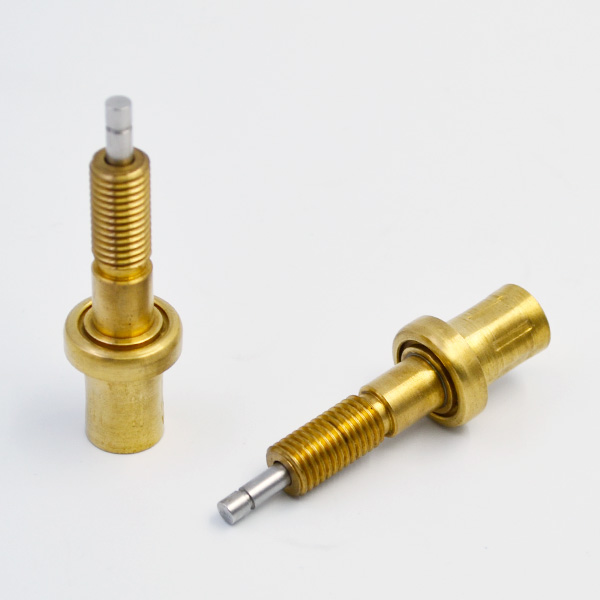
Similarly, the above algorithm can be used to fuzzify and tune.
The control function of the fuzzy-PID controller is realized, and then the membership degree of the output fuzzy subset needs to be corresponded with the precise adjustment value.
That is to say, according to the fuzzification rules, the reverse derivation is carried out to calculate the determined value of the output. The following is an analysis of the specific calculation steps.
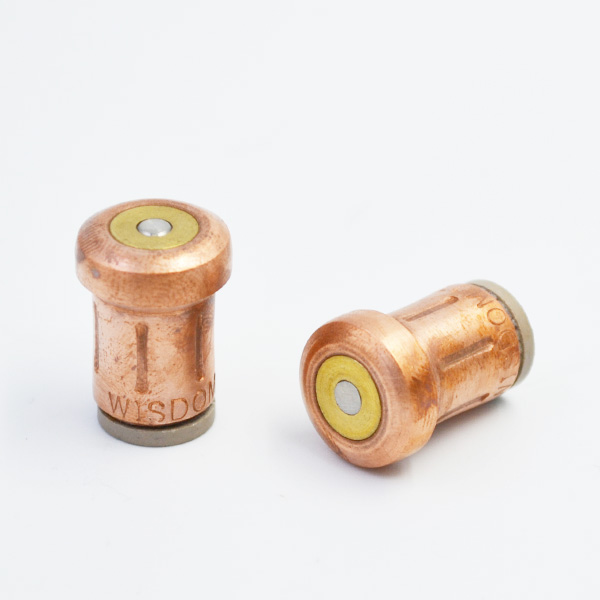
Firstly, we need to get the actual value and set value of flow at any time in the working process, calculate the difference e of the two and the change rate EC of the difference, and then draw the membership function curves of E and EC respectively by sorting out these data, and finally get the membership degree of the two; secondly, we deduce the membership degree of the two according to the fuzzy rules table. The membership degrees of mp, mI and mD corresponding to the fuzzification coefficients are worked out. After precise calculation, the revised values mp, mI and mD of mp, mI and mD are obtained respectively, and then the precise adjustment values of mp, mI and mD can be obtained by introducing them into formula (2). In the actual operation of the fuzzy-PID controller, the exact values corresponding to the fuzzified values can be obtained separately, and then a fuzzy control table can be made based on these data, so that the control system can realize on-line self-tuning of the PID parameters by referring to the fuzzy control table.
Flow controller is designed to make the actual flow stable near the set flow value and keep the fluctuation of the flow within a certain range. In order to achieve the above purpose, it is necessary to set up a flow acquisition unit in the flow control system to collect the actual flow through the flow acquisition unit. In the process of working, the fuzzy PID controller calculates and sets the proportion online in the corresponding software according to the difference E and difference change rate EC of the actual flow and the flow set in the controller.
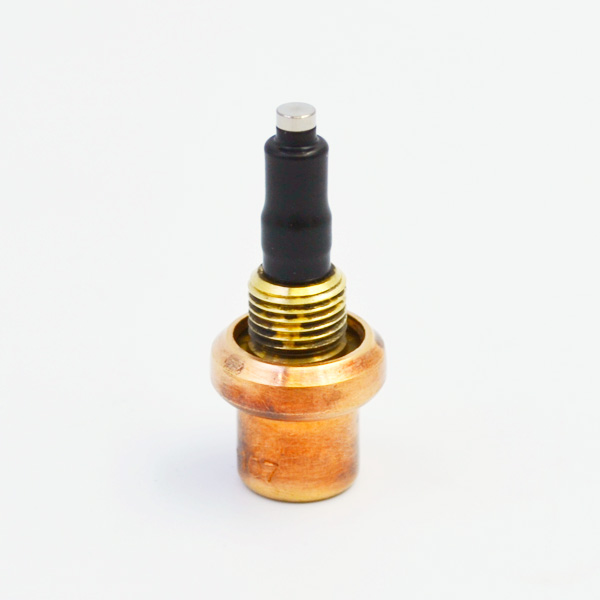
Integral and differential parameters can reduce the delay of the flow controller, thermostatic element shorten the corresponding delay time of the system and improve the accuracy of the system.
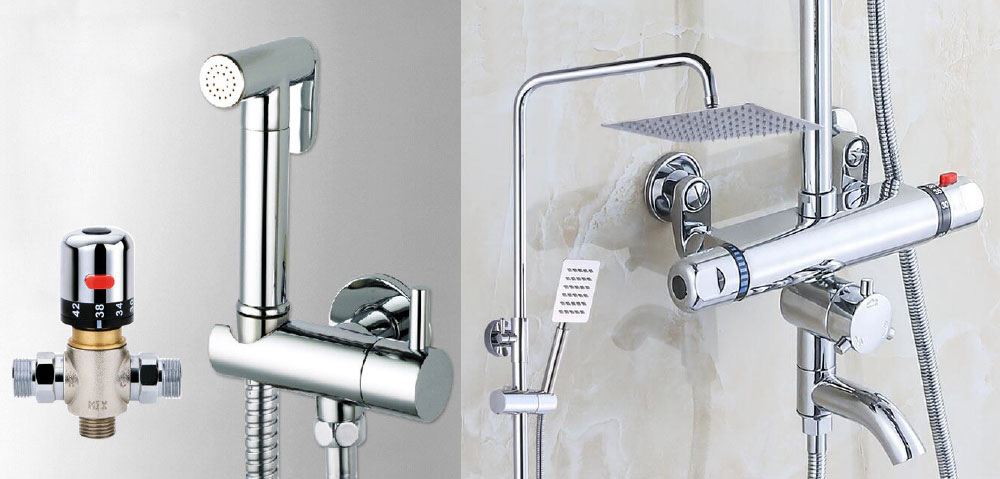
Its specific control process is described below. Before adjusting the flow, when the flow value is large, the response speed of the system should be accelerated. At the same time, excessive adjustment and steady-state error should be avoided. Therefore, MP should be larger, mD should be smaller and mI should be smaller. In flow regulation, when the difference e between the actual flow and the set flow is medium, the system is close to the set value. At this time, the proportional coefficient MP should be very small.
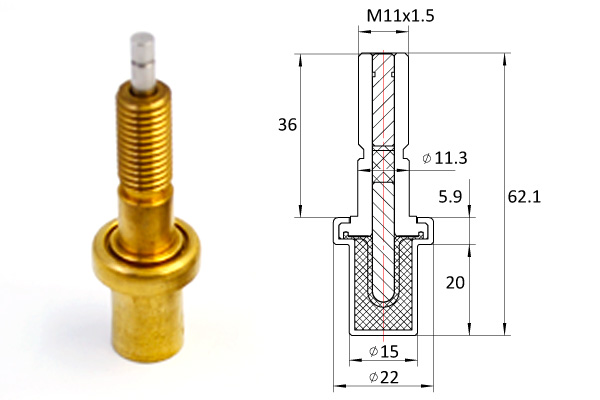
The most common problem of the system is over-regulation, so the values of mD and mI should be moderate. In the later stage of flow regulation, when the difference between the actual flow and the set flow is small, the system should have better dynamic characteristics to avoid the occurrence of large-scale oscillation of the system, and also make the system have strong anti-jamming ability. At this time, MP and mI should be larger, while mD should be kept in medium size. Based on the above design and analysis, this process can be reduced to intuitive schematic diagram (not designed here).
By referring to schematic diagram and synthesizing other technologies, the fuzzy PID controller can be applied to the flow control system. According to a large number of experimental results, the flow control system using fuzzy self-tuning PID control algorithm can realize the flow regulation in a relatively short time, and has a good control effect.
Compared with high-precision flowmeter, the flow control system based on fuzzy-PID controller meets the requirement of accuracy, and the trend of flow change is close to that of high-precision flowmeter. In summary, using the fuzzy PID control algorithm to control the flow can solve the non-linear problems commonly existing in the flow control system, and make the system more stable and improve the performance of the control system. Fuzzy PID control principle is an innovation based on conventional PID control principle. In future practice, relevant technical personnel should constantly find problems and summarize them in order to make the PID controller more perfect.
Fuzzy PID controller should be widely used in flow control system to maximize its superior performance.
